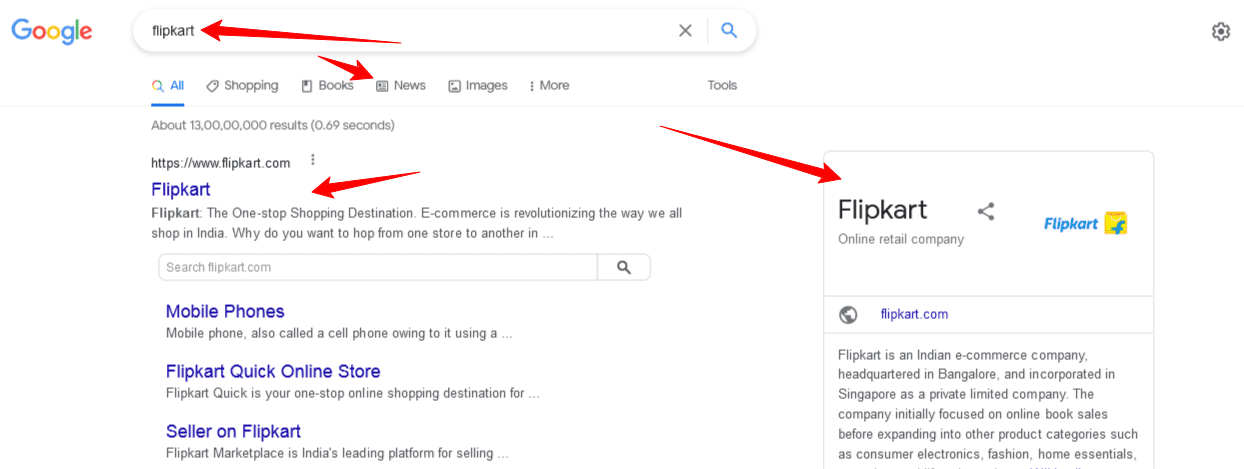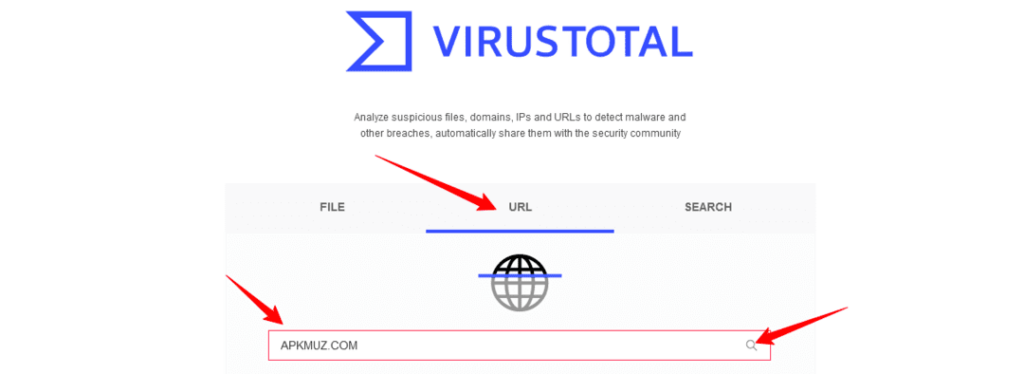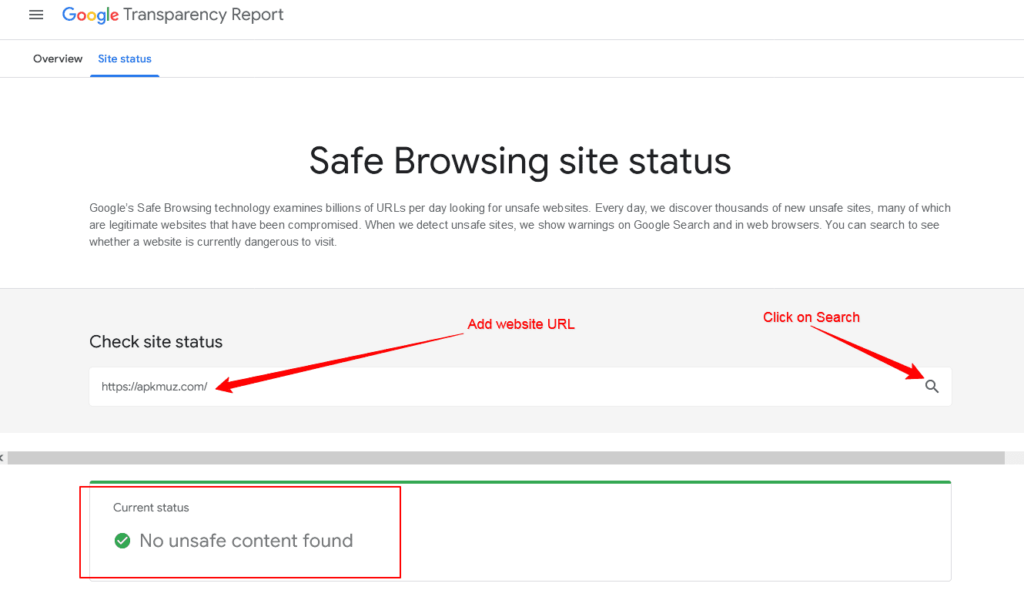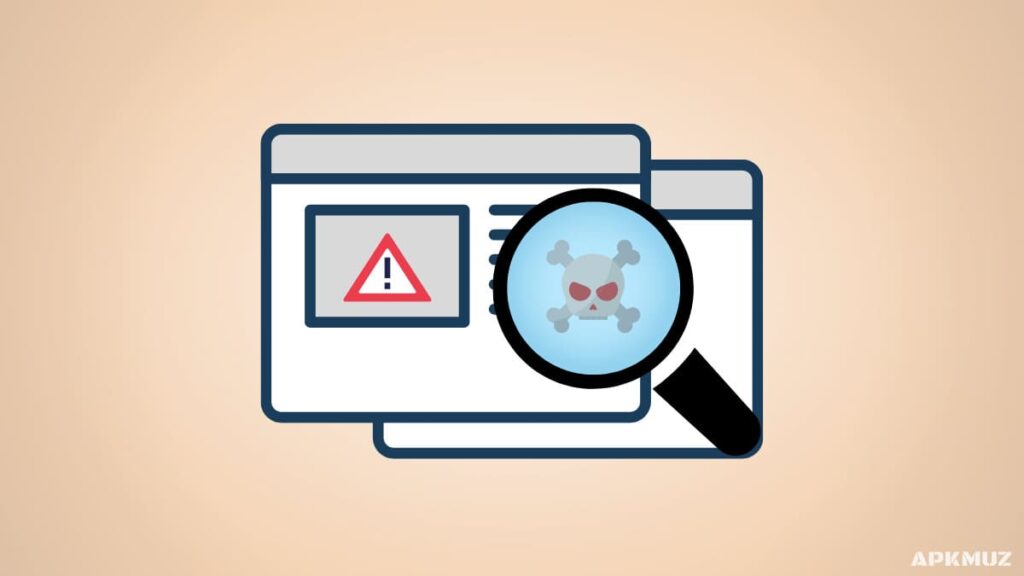It is important to check whether a site is genuine or not to avoid online scams. Whenever you buy from a new or unknown website you should check that shopping website whether is real or fake. It is crucial to identify fake websites to save your hardcore money from scam websites.
We have described 10 helpful points that you can consider to identify fake or scammy websites.
People Also Read : How to Create a strong password to secure your account
10 Points to Identify Fake Websites :
1. Check Website URL :
Check the website URL in the browser address bar. Does it have HTTPS or HTTP? Most genuine shopping websites have HTTPS. You will see a green-colored lock with HTTPS in the URL which shows a secure website. Must check this option while doing payments.
![]()
2. Search on Google for the Website :
Search that website on Google search and evaluate the website’s presence on Google. Good brands have their presence on search engines like Google search and Microsoft Bing search. You can also check website reviews on platforms like Trustpilot, etc.
Apart from it, it also helps to get news or complaints related to scams or fraud as people share their experience of frauds on online forums, and News media also exposes scams, so you get such information by searching the website on Google search.

3. Scan Website for Malicious codes and Viruses :
Many websites contain Malware or Malicious code that may steal users’ information. You can scan the website online to identify its safety and you can do it with the VirusTotal.com website.

4. Check Social Proofs :

Check the website’s different social media accounts and its contents. Most genuine websites have a better social media presence than fake ones, so this is a very important point to identify fake websites.
Genuine brands and businesses are always easy to connect and interact with audiences. You can check social media interaction to get an idea about a particular brand or business website.
5. Know Website details :
Knowing about the website creation date helps you to identify fake websites because fake websites are mostly newly created. On other hand, real and genuine websites are a little older, at least 8 months or a year old. You can check this with this tool: https://www.whois.com/whois/.

6. Check with the Google Safe Browsing tool :
Check the website with the Safe Browsing site status tool by Google. Here you will get ideas about the website and whether it is safe for browsing. It’s an official tool by Google.

7. Check Website Contact details :
Does that website have a valid contact us page, and privacy policy pages with a contact email or phone number? Mostly, genuine websites have their correct contact information. So make sure you’re able to reach the brand or business owner through the contact information they have mentioned on the website.
8. Check Website Name :
Check the website name properly, is it imitating any other brands like Amazon or any other popular brand. Fake websites use Phishing techniques to steal your important data or money.
These websites are made in such a way that they look identical to real ones. They have similar names (For example, Amaz0n.com), so users may confused and give their personal data and sometimes do payments also.
9. Check Spelling and Grammar :
Check the English errors on the website; fake websites mostly have spelling and grammatical mistakes on their websites. You can easily notice such errors if you observe the website for a moment.
10. Check Legal pages on the Website :

If you are buying something from a website, you must check their legal pages like privacy policy, terms and conditions, and refund policies. Genuine websites have everything sorted out than fake ones. Many fraud websites don’t even include legal pages or if they have then they are poorly formatted.
I hope these 10 points will help you to check fake websites. Share this article with your friends and family.
Don’t forget to connect with us on our Twitter handle and Facebook page.
People Also Read :
